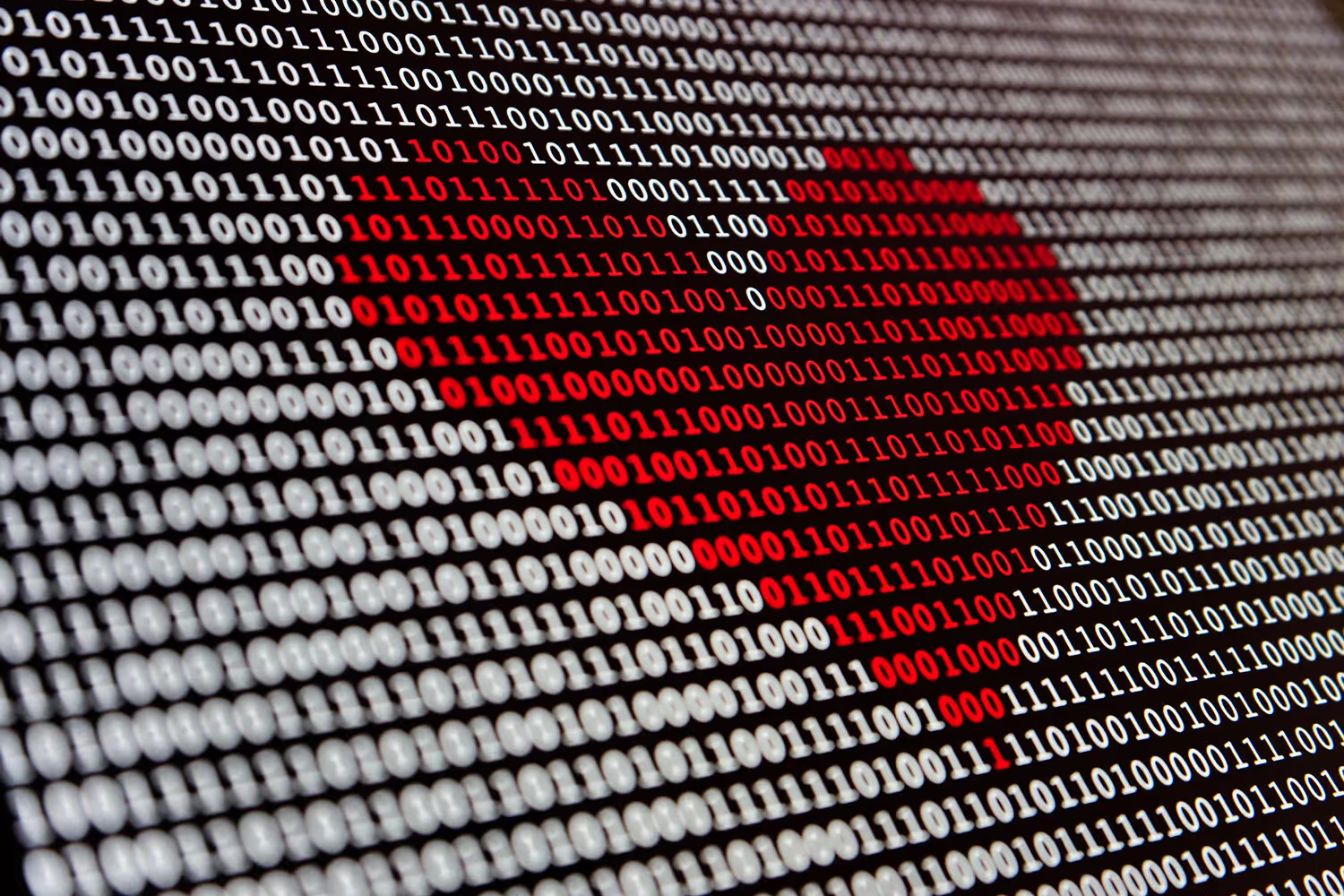AI in The Medical Field: Everything You Need to Know
Artificial intelligence is becoming increasingly prevalent in businesses and society in general, and the healthcare industry is not immune to these changes. AI and related technologies have the power to revolutionize the medical field in ways that include patient care and administrative/billing processing, just to name a few.
.avif)
Using Artificial Intelligence (AI) in healthcare can create $150 billion in annual savings for the US healthcare economy by 2026. This is according to a study by Accenture. Another report predicts that AI in healthcare will grow at a compound annual growth rate of 28.75% from 2023 to 2028.
Artificial intelligence is becoming increasingly prevalent in businesses and society in general, and the healthcare industry is not immune to these changes. AI and related technologies have the power to revolutionize the medical field in ways that include patient care and administrative/billing processing, just to name a few.
What is AI?
Artificial intelligence (in simple terms) is a machine’s ability to perform cognitive functions similar to that of a humans.
These functions include:
- Perceiving.
- Reasoning.
- Learning.
- Interacting with an environment.
- Problem-solving.
- Exercising creativity.
AI combines computer science along with collections of data to enable problem-solving and recognition of behavior patterns. By using a variety of sub-fields of machine learning, AI can adjust its functions and algorithms as needed depending on the input of information!
Although there are many different structures and functions that make up AI, machine learning is one of the most common techniques.
Machine Learning
So you want to know more about machine learning, huh? Well, to kick things off you should know that it is a statistical technique that allows machines to learn and adjust from experience. Machine learning uses algorithms to do the following:
- Analyze large amounts of data.
- Learn from the insights.
- And then make informed decisions.
When talking about the most complex forms of machine learning, deep learning or neural network models take the prize. These models handle different levels of features or variables that help predict outcomes. It is also known as hierarchical learning, meaning it is a type of machine that uses a layered structure to analyze data.
The data moves through each layer, much like electrical signals travel between neurons of living creatures. Each layer uses the output from the previous one, and through this process, the machine learns and adjusts to become more efficient as it processes more data.
It’s a lot, but pretty cool right? Well, it’s about to get even cooler. Let’s see how healthcare workers utilize this technology today, and what the future might hold.
AI in Healthcare
So we went over the very basics of AI and machine learning and how it isn’t just one technology but rather a collection of them. Well, most of these individual technologies are immediately relevant to the healthcare industry! Of course, I can’t go over all of them in this blog. However, I will be addressing the most popular uses of AI in the field today.
Natural Language Processing
Since the 1950s (roughly), making sense of human language has been a goal of AI researchers. Natural language processing (NLP) includes functions such as speech recognition and text analysis to relate to language. When talking about NLP it is important to remember that there are two basic approaches to it: statistical and semantic.
Statistical NLP relies on deep learning neural networks and provides machines with the ability to read, understand, and derive meaning from human languages. Semantic NLP, on the other hand, analyzes the grammatical format of sentences. This includes the arrangement of words, phrases, and clauses. The function also helps to determine relationships between independent terms in a certain context.
In healthcare, the use of NLP involves the creation, understanding and classification of clinical documentation. These systems can analyze unstructured clinical notes, prepare reports, conduct conversational AI, and transcribe patient interactions.
These applications can be great for simple transactions such as refilling prescriptions and making appointments. There are those who have concerns about this technology potentially revealing confidential information and questioning the ability to discuss complex health conditions. So for those worried that AI might put them out of a job, have no fear! Human supervision is necessary to make sure everything stays HIPAA requirements.
Diagnosis and Treatment Applications
One of the most exciting areas where AI may provide a major impact is the field of medical imaging. In 1972, Stanford introduced MYCIN to diagnose blood-borne bacterial infections. Since then, researchers have continued developing AI to better diagnose and treat diseases. Now there are many different systems that handle diagnosis and treatment protocols.
Take for example the conversion of AI and precision medicine. This particular application of machine learning is able to predict what treatment protocols are likely to succeed based on the patient’s individual attributes and environment.
Convolutional neural networks (CNNs) are another notable application that is well-suited for helping professionals diagnose and treat through analyzing images. This includes input such as MRI images, x-rays, CT scans, and more.
AI-powered systems can diagnose a patient with a high degree of accuracy, leading to a faster diagnosis and a more effective treatment plan. AI-powered diagnostic tools can also benefit the healthcare industry by:
- Analyzing large amounts of data and identifying patterns that might be difficult for humans to detect.
- Detecting patterns in medical images and other data indicative of certain conditions, that can help to identify patients who are at risk of developing serious conditions earlier.
- Reducing the need for unnecessary tests and treatments, thus reducing healthcare costs.
- Analyzing large amounts of data quickly. Providing doctors with recommendations for diagnosis and treatment in a timely manner that improves patient outcomes.
- Analyzing a patient’s medical history/data to provide tailored recommendations for diagnosis and treatment.
- Providing medical practitioners with additional information and analysis.
Administration Application
Perhaps the most obvious use of AI in healthcare is that of administration application. This might not be as revolutionary as AI in patient care, but it can still provide substantial support in regards to day-to-day activities! Administration applications in healthcare that can benefit from this technology might include:
- Claims processing.
- Clinical documentation.
- Revenue cycle management.
- Medical records management.
In regards to claims and payments, machine learning can utilize probabilistic matching of data across different databases. So integration between different organizations and software is plausible, resulting in a more streamlined revenue cycle.
Payers need to verify whether the millions of claims they handle are correct. Being able to readily identify, analyze and correct coding issues saves all parties involved time, money and effort!
Conclusion
There is fear that AI will replace human healthcare workers on a larger scale, but this is just not true. It will, however, enhance their abilities to care for their patients. AI has an important role to play when it comes to the function of the healthcare industry in the future.
Advancements in healthcare will not only benefit the patients but also the professionals who work in the industry. With many practices struggling to keep up with administrative workflows, speech and text recognition currently offer help with tasks like patient communication and capture of clinical notes.
AI such as this will only increase in usage, helping to free staff from more menial tasks to be able to focus on larger projects. However, for widespread adoption of this technology to take place, there will be challenges that have to be overcome. The question doesn’t lie in whether the technology will be useful enough, but instead how we will ensure their adoption into daily clinical practice.
For widespread use to take place, AI systems must:
- Be approved by regulators.
- Learn to integrate with EHR systems.
- Standardize enough so that similar products work in the same way.
- Be taught to clinicians.
- Paid for by public or private organizations.
- Be updated over time in the field.
AI in healthcare could revolutionize the field in a multitude of ways. Some of these include improving the speed and precision of diagnoses to the effectiveness of a treatment plan. There are still challenges to address, such as data privacy and regulatory approval. However, with time and practice, the future of medicine and the use of AI in daily clinical functions looks promising.
Emphasize your product's unique features or benefits to differentiate it from competitors
In nec dictum adipiscing pharetra enim etiam scelerisque dolor purus ipsum egestas cursus vulputate arcu egestas ut eu sed mollis consectetur mattis pharetra curabitur et maecenas in mattis fames consectetur ipsum quis risus mauris aliquam ornare nisl purus at ipsum nulla accumsan consectetur vestibulum suspendisse aliquam condimentum scelerisque lacinia pellentesque vestibulum condimentum turpis ligula pharetra dictum sapien facilisis sapien at sagittis et cursus congue.
- Pharetra curabitur et maecenas in mattis fames consectetur ipsum quis risus.
- Justo urna nisi auctor consequat consectetur dolor lectus blandit.
- Eget egestas volutpat lacinia vestibulum vitae mattis hendrerit.
- Ornare elit odio tellus orci bibendum dictum id sem congue enim amet diam.
Incorporate statistics or specific numbers to highlight the effectiveness or popularity of your offering
Convallis pellentesque ullamcorper sapien sed tristique fermentum proin amet quam tincidunt feugiat vitae neque quisque odio ut pellentesque ac mauris eget lectus. Pretium arcu turpis lacus sapien sit at eu sapien duis magna nunc nibh nam non ut nibh ultrices ultrices elementum egestas enim nisl sed cursus pellentesque sit dignissim enim euismod sit et convallis sed pelis viverra quam at nisl sit pharetra enim nisl nec vestibulum posuere in volutpat sed blandit neque risus.

Use time-sensitive language to encourage immediate action, such as "Limited Time Offer
Feugiat vitae neque quisque odio ut pellentesque ac mauris eget lectus. Pretium arcu turpis lacus sapien sit at eu sapien duis magna nunc nibh nam non ut nibh ultrices ultrices elementum egestas enim nisl sed cursus pellentesque sit dignissim enim euismod sit et convallis sed pelis viverra quam at nisl sit pharetra enim nisl nec vestibulum posuere in volutpat sed blandit neque risus.
- Pharetra curabitur et maecenas in mattis fames consectetur ipsum quis risus.
- Justo urna nisi auctor consequat consectetur dolor lectus blandit.
- Eget egestas volutpat lacinia vestibulum vitae mattis hendrerit.
- Ornare elit odio tellus orci bibendum dictum id sem congue enim amet diam.
Address customer pain points directly by showing how your product solves their problems
Feugiat vitae neque quisque odio ut pellentesque ac mauris eget lectus. Pretium arcu turpis lacus sapien sit at eu sapien duis magna nunc nibh nam non ut nibh ultrices ultrices elementum egestas enim nisl sed cursus pellentesque sit dignissim enim euismod sit et convallis sed pelis viverra quam at nisl sit pharetra enim nisl nec vestibulum posuere in volutpat sed blandit neque risus.
Vel etiam vel amet aenean eget in habitasse nunc duis tellus sem turpis risus aliquam ac volutpat tellus eu faucibus ullamcorper.
Tailor titles to your ideal customer segment using phrases like "Designed for Busy Professionals
Sed pretium id nibh id sit felis vitae volutpat volutpat adipiscing at sodales neque lectus mi phasellus commodo at elit suspendisse ornare faucibus lectus purus viverra in nec aliquet commodo et sed sed nisi tempor mi pellentesque arcu viverra pretium duis enim vulputate dignissim etiam ultrices vitae neque urna proin nibh diam turpis augue lacus.



